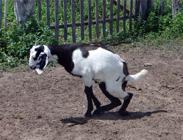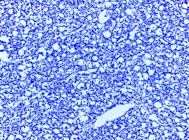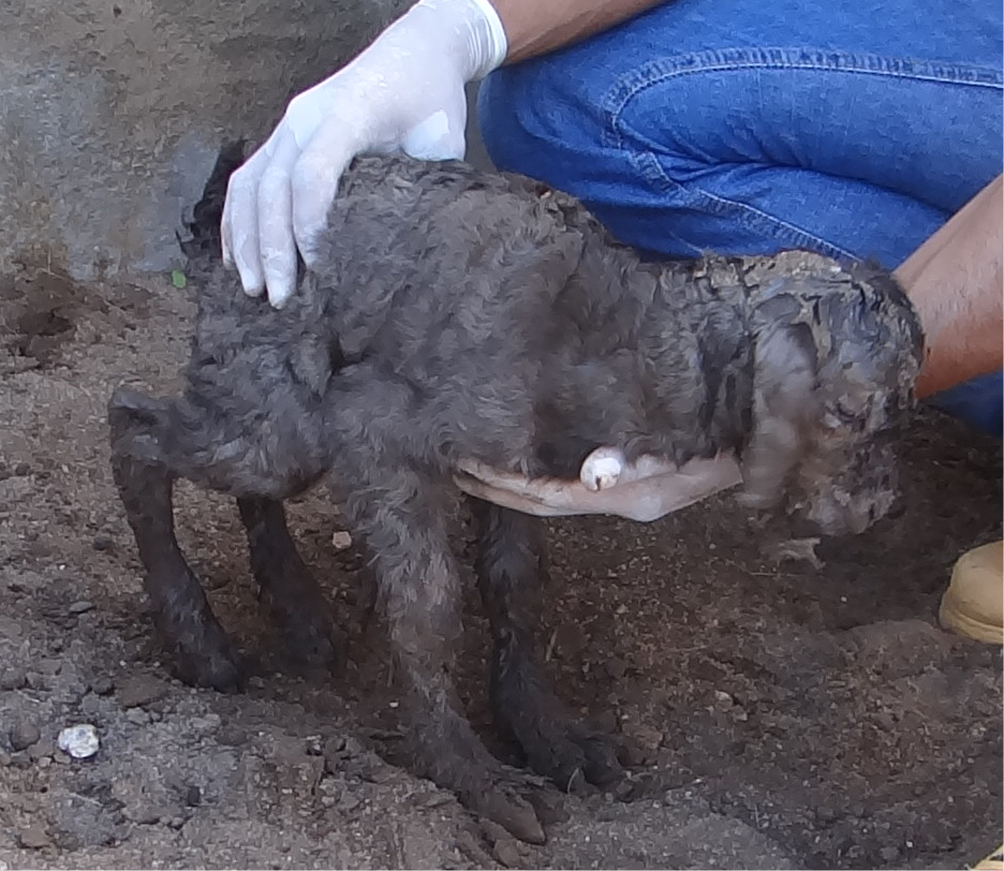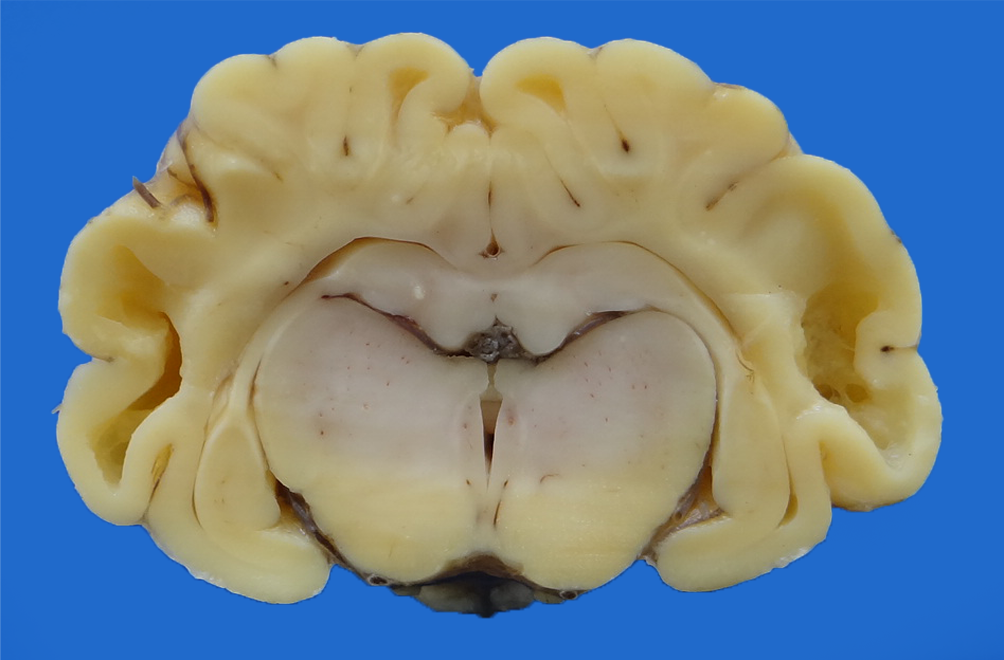ABSTRACT:
The objective of this study was to describe for the first time the clinical-epidemiological, laboratory and pathological aspects of different forms of enzootic ataxia in goats and lambs in the state of Bahia, as well as to propose an emergency oral treatment with copper sulfate in an individualized way for neonates. Three outbreaks of enzootic ataxia were studied. The history, clinical signs and epidemiological data were obtained from the owners and checked during the visits. The first outbreak (FO) occurred in 2013 in a property located in the municipality of Itaberaba and affected a herd composed of 90 goats and 130 sheep. The second outbreak (SO) occurred in 2014 in the municipality of Santa Luz and affected a herd of 90 goats and 110 sheep. The third outbreak (TO) occurred in 2018, in a property located in the same municipality of the SO, being the herd constituted by 80 sheep. Samples of blood were collected from all goats and sheep treated for serum copper dosage. Nine animals (five goats and four sheep) that presented a more severe clinical picture and unfavorable prognosis were necropsied for diagnostic confirmation. During the necropsy of the FO, SO and TO animals, liver samples were collected for copper dosage as well as fragments of several organs for histopathology. At the site where the SO occurred, samples of soil and the main forages where the animals were kept were collected to determine copper, iron, molybdenum, sulfur and zinc contents. The clinical and histopathological findings in the three outbreaks studied were characteristic of enzootic ataxia. In the outbreaks studied, the frequency of enzootic ataxia was higher in goats (52) than in lambs (39). In the goats the mean values of serum copper (0.05mg/kg) and hepatic (2.48mg/kg) of the FO and SO were well below their respective reference values, 12 times lower than serum levels and eight times lower in relation to liver contents. On the other hand, TO sheep presented mean values of serum copper (0.015mg/kg) reduced by 40 times. The levels of iron and sulfur were high in the fodder of the property where the SO occurred, already in the soil, iron levels were high and copper levels were reduced. The treatment tested in neonates and lambs with two doses of copper sulphate solution orally at a dose of 20mg/kg for sheep and 35mg/kg for goats during the first and second week of life was effective in prevention of enzootic ataxia in neonates and can be used for emergency control of the disease. The occurrence of enzootic ataxia (congenital and late form) in goats and sheep was first reported in Bahia. It is also worth noting that this disease caused by copper deficiency has caused great damage to the breeders of small ruminants, mainly due to the high mortality of the animals affected.
INDEX TERMS:
Outbreak; enzootic ataxia; goats; sheep; Bahia; Brazil; copper; small ruminants; mineral deficiency; microelement

 Thumbnail
Thumbnail
 Thumbnail
Thumbnail
 Thumbnail
Thumbnail
 Thumbnail
Thumbnail
 Thumbnail
Thumbnail
 Thumbnail
Thumbnail





